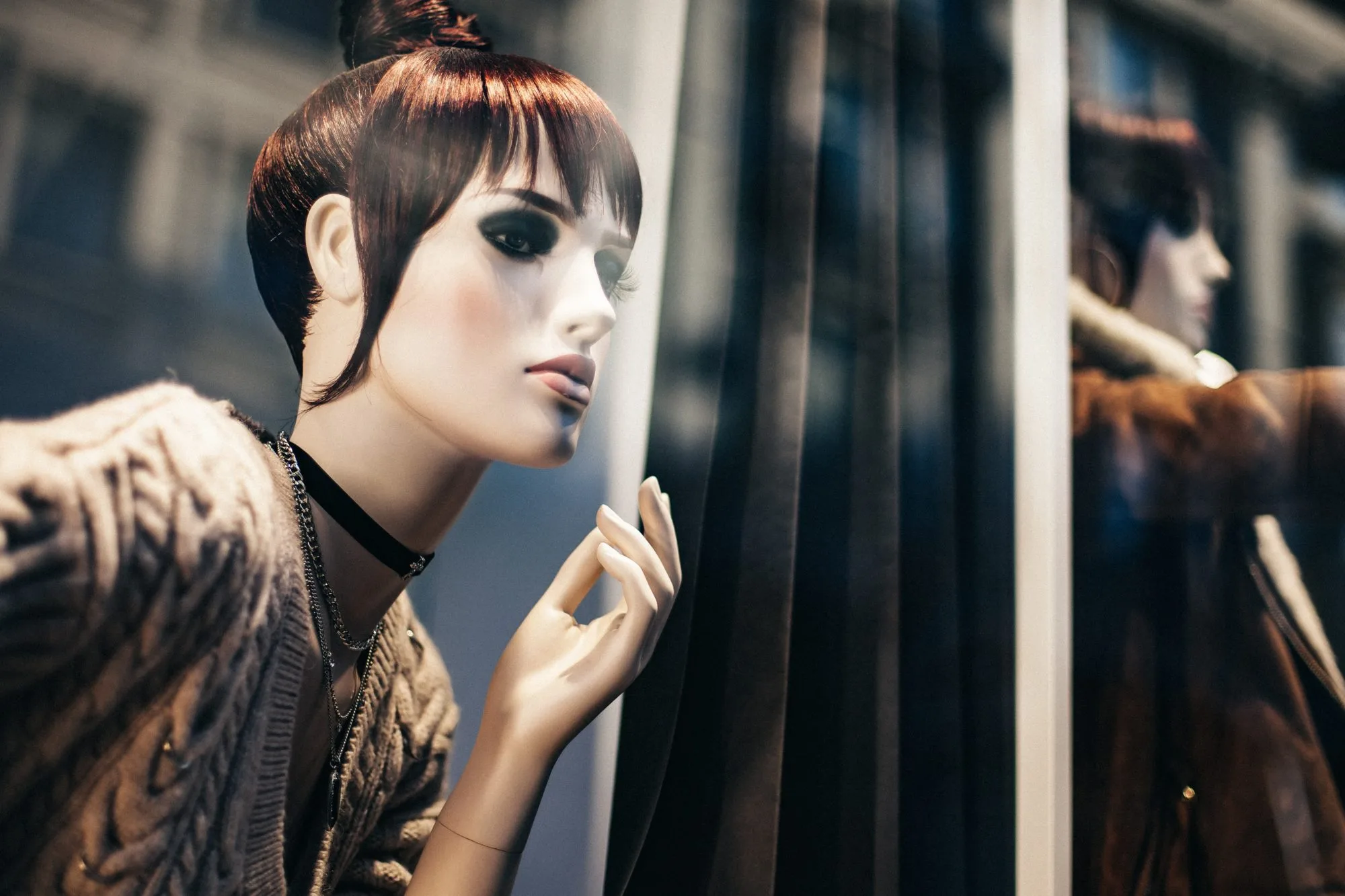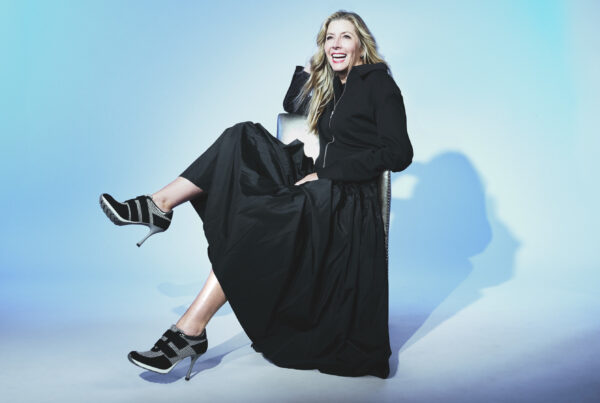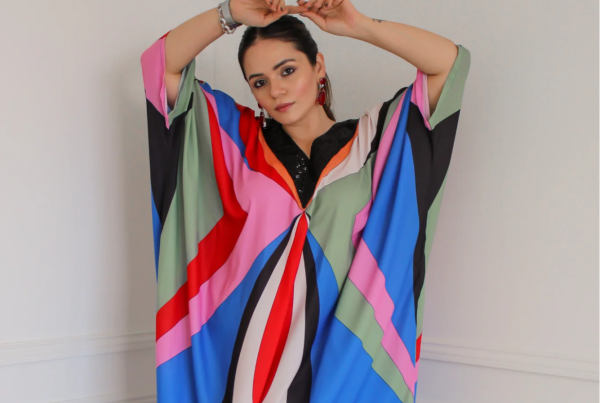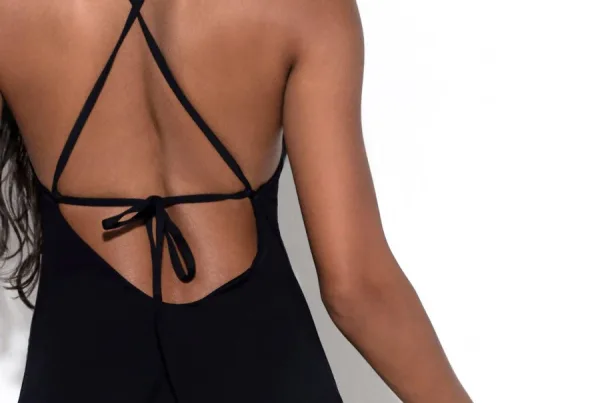Fashion Revolution Week 2018 will mark the fifth year of Fashion Revolution, the world’s largest fashion activism movement founded to radically change the way our clothes are sourced, produced, and purchased. It also marks five years since the Rana Plaza garment factory collapsed in Bangladesh, where 1,138 people were killed and many more injured on 24th April 2013.
Ask Yourself: Who Made Your Clothes?
The campaign will run from 23 to 29 April in more than 100 countries around the world and will challenge more people than ever before to demand systemic reform of the industry with a special focus on the need for greater transparency in the supply chain. To ensure brands continue to listen and create the far-reaching, permanent change needed to ensure we never see a tragedy like Rana Plaza again, the campaign will encourage everyone to join the Fashion Revolution and keep asking one simple question: Who Made My Clothes? The initiative will also explore how producers, farmers, factories, makers, and shoppers can come together through Fashion Revolution.
Thousands of events will take place globally including catwalks and flash mobs, street art, and film screenings, as people join the Fashion Revolution to find out more about sustainable fashion. To mark the anniversary, the movement will publish new ground-breaking research into levels of transparency across the biggest global fashion brands and retailers’ supply chains, through their Fashion Transparency Index. Their worldwide initiative Fashion Open Studios will showcase behind-the-scenes events with designers in their studios and will help open up the conversation about how clothes are made, and an inspirational new film will connect a young global fashion-loving audience to producers and makers.
The human rights angle
The Fashion Revolution will also share its positive vision of the future of the industry by launching a Manifesto. Five years of the revolutions mean five years of millions of people demanding a fairer, safer cleaner industry. Many things have improved in five years for both people and the planet, but this is only the tip of the iceberg. Poverty, human rights, low wages, discrimination, environmental pollution, waste, and lack of transparency all remain endemic within the industry.
About 75 million people work directly in the fashion and textiles industry, and about 80% of them are women. Many are subject to exploitation, verbal and physical abuse, working in unsafe conditions, with very little pay. This is why we need a #fashionrevolution.
What improvements have recently taken place in the fashion world?
1. Last year 2.5 million people across the world got involved. Over 100,000 people used social media to ask about the brands they wear #whomademyclothes
2. Brands are listening, and the industry is starting to change. 2,416 brands responded to our #whomademyclothes demands sharing information about their supply chain. Over 150 big brands have published their factories where their clothes are made.
3. Producers, farmers, factories, and makers in our supply chains have become more visible through social media. Over 3600 producers a year are now telling us #imadeyourclothes. And conditions have improved. Hundreds of factories in Bangladesh are now safer places to work. More than 1,300 factories have been inspected since Rana Plaza and 1.8 million garment workers have received factory safety information. 515 factories, 87% of garment exporters in Cambodia, have 1 published data about their working conditions compliance.
4. Minimum wages for garment workers have increased in places like Bangladesh and Cambodia, but more still needs to be done. The Bangladesh government has delivered a 77% increase in the minimum wage to $68 per month for garment workers. 18 big brands and retailers have signed up 3 to ACT to achieve living wages for workers with industry-wide collecting bargaining linked to purchasing practices.
5. Brands are starting to reduce the use of toxic chemicals and clear up their supply chain. Over 70 brands and suppliers have committed to Detox by 2020 and removed harmful chemicals from their 5 supply chains. Combined, these brands account for 15 percent of global textile production. Over 100 brands have committed to working towards a circular fashion system. But our landfills still 6 overflowing with clothes, and the industry continues to get bigger and move faster. We buy more clothes than ever before and wear them for half as long as we used to. This is why we need to make our #lovedclotheslast.
Carry Somers, Co-Founder of Fashion Revolution said:
“Five years ago, the Rana Plaza factory collapse shook the fashion world, and it ignited the world’s biggest fashion activism movement for a fairer, safer fashion industry. Since the Fashion Revolution started, people from all over the world have used their voice and their wallets to tell brands that we can’t go on like this. And it’s working. The industry is listening.”
Orsola De Castro, Co-Founder added:
“More brands are being open about where their clothes are made. Also, more manufacturers are making their factories safer. More producers are being seen and heard. But the story is far from over. We are only just getting started. We can’t stop until every garment worker who makes the clothes we love is seen, heard, paid properly and working in safe conditions. Your voice does make a difference. We need to make this Fashion Revolution Week bigger and bolder than ever before.”
To find out what’s happening in your area this Fashion Revolution Week or to find out more about the campaign, visit www.fashionrevolution.org.





![women [longevity live]](https://longevitylive.com/wp-content/uploads/2020/01/photo-of-women-walking-down-the-street-1116984-100x100.jpg)









